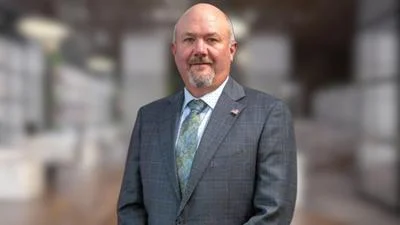The Congressional Record is a unique source of public documentation. It started in 1873, documenting nearly all the major and minor policies being discussed and debated.
“BREAST CANCER AWARENESS MONTH” mentioning the U.S. Dept of Labor was published in the Senate section on pages S7886 on Nov. 15, 2010.
The publication is reproduced in full below:
BREAST CANCER AWARENESS MONTH
Mr. BAUCUS. Mr. President, women are the backbone of the American family and a driving force of our economy. They are our mothers, sisters, wives, and daughters. Women are the heart of American families and local communities.
October is National Breast Cancer Awareness Month, and this October we have many reasons to reflect and celebrate. Thanks to the concerted efforts of the public and private sectors, we have come a long way to ensuring that women have long, healthy lives.
Twenty years ago, Congress created the National Breast and Cervical Cancer Early Detection Program. Today, the program provides screening services for breast and cervical cancer in all 50 States, the District of Columbia, five U.S. territories, and 12 American Indian or Alaska Native tribes and tribal organizations. Since the program got started, almost 4 million women have been served--giving them access to breast and cervical cancer screenings that they otherwise could not afford.
We have recently expanded opportunities for women across the country to be screened by including free preventive care, like mammograms and cervical cancer screenings, in the new health care reform law. The Affordable Care Act eliminates all insurance copays for these screenings, which means more women will have access to early detection and more women's lives will be saved.
This October, we are also celebrating the 30th anniversary of the beginnings of Susan G. Komen for the Cure, an organization founded on Susan's sister's promise to end breast cancer forever. Today, Susan G. Komen for the Cure is the largest source of nonprofit funds dedicated to the fight against breast cancer, investing nearly $1.5 billion in grassroots advocacy for quality care and research.
These efforts have made a big difference. In the last 30 years, we have improved the rate of cancer screenings--increasing the percentage of women over 40 who receive regular mammograms from less than 30 to nearly 75 percent. We have improved the treatment outcomes for women with cancer--increasing the 5-year survival rate from 74 percent to 98 percent. We have also increased the amount of Federal funding going toward breast cancer research, prevention, and treatment--ensuring that American women benefit from the best that science has to offer.
Despite these advances, it is estimated that nearly 40,000 women will die of breast cancer this year. That means that 40,000 American families will lose their mother or grandmother, sister or daughter. We cannot let up in this fight. We made a commitment to improving women's health in health reform--ending insurance industry abuses that have disproportionately affected women for decades, providing preventive benefits tailored to meet women's unique health needs, and ensuring women of all ages have access to comprehensive, high-quality coverage.
Improving women's health has a positive effect on the whole family. According to the Department of Labor, women make four out of five health care decisions for their families and are more likely to be the caregivers when family members are ill.
Improving women's health also has a positive effect on the economy. A healthy pregnancy, for example, begins with a healthy woman and leads to long, productive lives for mother and child.
We have come a long way, but we are not there yet. I am confident that with the consistent efforts of Congress and private sector groups such as Susan G. Komen for the Cure, we will continue to make progress for years to come.
____________________








